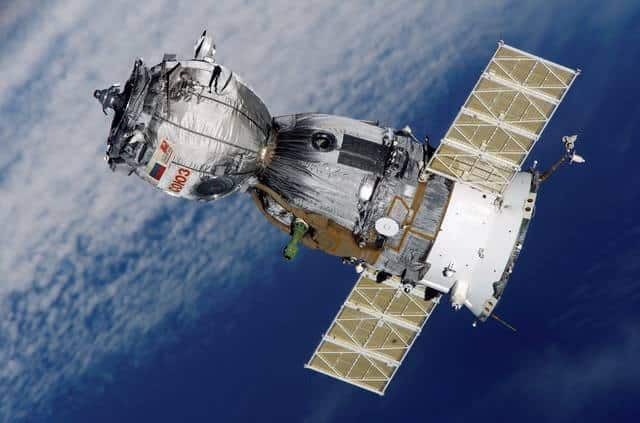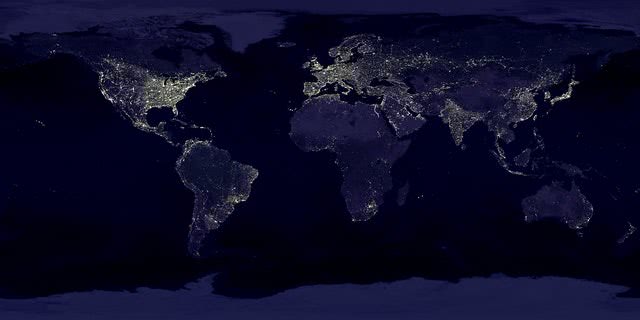Remote sensing is the science of acquiring information about an object or the surface of the earth by measuring the energy that is emitted or reflected back from the surface. There are two basic types of remote sensing; Active and Passive remote sensing. Although the difference between the two is very minimal but the quality and functionality greatly vary. Here is what the two types of remote sensing signify:
Passive remote sensing: It is the study of the structural aspects of an object or the surface of the earth by measuring the natural emissions that are produced from them. In order to measure the emissions passive sensors are built using microwave components and instruments which measure the energy or power as a combination of the roughness, temperature and other physical characteristics typical to the earth’s surface. Every substance has fixed physical properties which are used to measure the frequency bands that are emitted. These fixed properties are referred to as molecular resonance.

Related: Remote Sensing and GIS
It is notable that in passive remote sensing the emission that is usually measured is the solar radiation that is reflected from the surface. Hence the reflected radiation is very low powered which necessitates the use of sensitive detection instruments. Radio astronomy instruments are used to interpret the outputs from the passive sensors. These instruments are capable of detecting very low power frequencies which are very sensitive to accumulating radiation that is emitted from the ground. Passive sensors are commonly used for satellite imagery and are used in the technical observation of the earth due to the Multi spectral and Hyper spectral technology that is applicable.
Applications of Passive Remote Sensing
The LANDSAT mission is one of the longest-running remote sensing missions which have been able to provide crucial information about the earth and its environment. This information has been instrumental in understanding the earth as it is and its changing environment.
Passive remote sensing data is integrated with modern technologies to help in the land survey which helps in a range of technical fields that is not only resourceful for industrial purposes but also beneficial for agriculture, military, natural resources, and disaster management. Here are some of the applications where passive remote sensing is used:
- Land use
- Biodiversity
- Agriculture
- Changes in climate
- Forest
- Energy resources
- Water observations
- Study of ecosystem
- Disaster management
- Study of the terrain for military and geological purposes
Some of the Passive Remote Sensors used are Geo Eye, World View, Quick bird, Digital Globe and Astrium/ Black Bridge,Pleiades and SPOT.
Active remote sensing: Unlike passive remote sensing, active remote sensing does not depend upon the solar radiations that are emitted back by the objects or the land surface. Active remote sensors emit their own energy source which is directed towards the object or area of study. The amount of radiation that is reflected back is detected and measured by the active remote sensors. The active remote sensor is more a radar instrument than a microwave one like the passive sensors.
The fact that the active sensors provide their own energy source for emission makes it possible to use it during day or night and over terrains and weather conditions where capturing solar radiation may be challenging. The earth’s surface and the atmosphere both reflect back emissions by the active sensors. This makes it possible for many space borne active sensor satellites to be involved in a variety of operations like the creation of a three-dimensional body of the cloud which is very resourceful in the weather forecast.
There are three main types of Active remote sensing. They are:
- Active optical Remote Sensing: This type of remote sensing emits radiation in the visible range which hits the target and the back scattered light is analyzed. LIDAR is a common active optical remote sensor that is used.
- Active Microwave Remote Sensing: This is the microwave emitting remote sensor and RADAR is commonly used for measurement of these microwaves.
- Active thermal Remote Sensing: Thisform of remote sensing is used to detect the thermal infrared radiations. LIDAR is commonly used for thermal remote sensing.

Applications of Active Remote Sensing
Due to the possibility of the Active remote sensing to be functional with equal accuracy during day and night and in all weather conditions, it finds a wide range of applications in Geological data collection. Here are some of the applications where active remote sensing is used:
- Study of water bodies
- Groundwater and surface water measurements
- Soil moisture
- Vegetation
- Sea ice
- Snow
- Topographic mapping
- Ice sheets and glaciers
- Urban planning and disaster management
- Weather forecasting
Some of the Active Remote Sensors used are LIDAR, RADARSAT-1 and RADARSAT-2, Airbus defense and space Terra-SAR-X-RADAR satellite. With the help of the data from both the active and passive remote sensing sensors, many of the applications are being widely and massively used.
Also Read: Applications of Remote Sensing